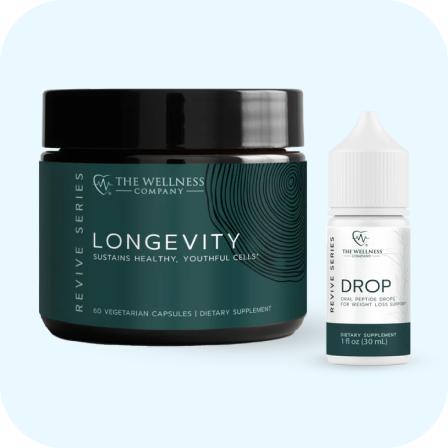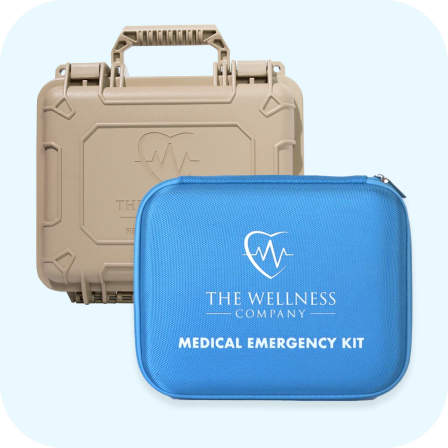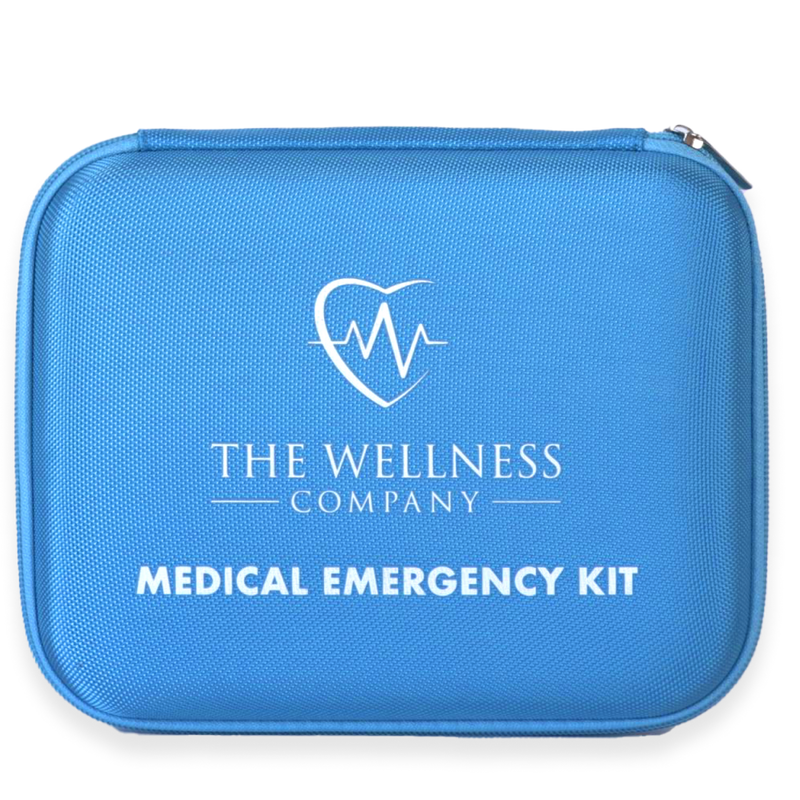A Cruise is a Great Way to See the World - Until it Isn’t

When the Prinzessin Victoria Luise started its maiden voyage on January 5, 1901, it marked the beginning of modern leisure cruising as we know it today. Cruise lines have opened a whole new world for many who would love to visit exotic places but don’t want to plan all the details.
Cruises offer a unique opportunity to travel and see the world. By stopping at ports around the globe, tourists can disembark and experience a different culture, foods, and way of life without the hassle of planning hotel, transportation, and sightseeing activities.
Cruise statistics
- The average age of a cruise passenger is 47 years.
- 50% of passengers who choose to travel via cruise ship come from North America. 24% come from Western Europe, 15% from Asia and 11% from elsewhere.
- There Are More Than 2,000 cruise ports to explore.
- In early 2024, Royal Caribbean’s ship “Icon of the Seas” was launched and of date is the largest cruise ship in the world. This cruise ship can carry 7600 passengers and a crew of 2,350.
- The world’s longest cruise is believed to be the Royal Caribbean Ultimate World Cruise which boasts a 274-night, 7 continents, 60 countries and 150 destination itinerary .
- Theme cruises are also gaining in popularity. With the convenience of an all-inclusive room, food, and transportation to get to your destination, you can focus on the activities you enjoy. Some of the more popular themed cruises are Disney, gaming, health and wellness, educational and medical conferences, food, wine, and music venues.
- Some people are opting to purchase a room on a cruise ship and live on one. For example, Storylines, which launched this year is offering “Luxury Residential Community at Sea” which offer a wellness center, restaurants, a library, microbrewery, and 3 pools along with other amenities available for its residents.
No matter how wonderful life may seem on a cruise ship, the reality is that they are a vector for disease outbreaks. New environments and travelers packed in close quarters create the perfect storm for outbreaks. Take for example, the tragic story of the Diamond Princess coronavirus outbreak and quarantine of 2020.
Coronavirus outbreak and quarantine of the Diamond Princess
As the passengers of the Diamond Princess were held hostage (quarantined) for 14 days on ship plus another 14 days when they finally disembarked), They were confined to their cabins. Many of the rooms didn’t have windows. Countries refused entry, and many ran out of medications, suffered severe mental trauma, and begged for their countries to intervene and bring them home. The United States was the first to respond, by sending 2 planes to rescue only those who tested negative for COVID 19 or showed no symptoms. Those who tested positive or had symptoms (fever) were left on the ship.
We are promised another planned-demic, and if you happen to be on a cruise ship, you could very well find yourself in the same situation.
More recent outbreaks
- There were 14 outbreaks on cruise ships in 2023, All but one was from norovirus, a highly contagious gastroenteritis that causes vomiting and diarrhea. The one outbreak that wasn’t norovirus was salmonella which is a foodborne illness.
- More recently was a Norwegian Cruise Line ship that reported a possible outbreak of cholera and was quarantined for a day. It was later ascertained to not be cholera, but rather a severe form of gastroenteritis.
- From January 22nd to February 6th, another outbreak of vomiting and diarrhea affected129 passengers and 25 crew members on the Queen Victoria, a Cunard cruise line.
The CDC has strict requirements to prevent and control disease, especially gastrointestinal illnesses on cruise ships. If these rules weren’t in place there would most probably be many more outbreaks.
Some of these regulations include:
The Cruise Vessel Safety and Security Act (CVSSA) that requires all vessels carrying 250 or more passengers that has onboard sleeping facilities includes provisions for emergency medical treatment. Some of these provisions include:
- Emergency medical equipment (defibrillators, etc.).
- Staffed by qualified medical personnel.
- Basic medications for common ailments and emergencies
- And other protocols and systems in place, depending on where ships dock, amount of passengers, type of vessel, etc.
The Vessel Sanitation Program (VSP) – this program, operated by the Centers for Disease Control and Prevention (CDC) assists the cruise ship industry to prevent and control the introduction, transmission, and spread of gastrointestinal (GI) illnesses on cruise ships. This includes water quality, inspection of medical facilities, housekeeping practices, air conditioning ducts, and more.
You can find the score of the cruise ship you are planning to travel on by going to this link.

Tips to stay healthy on your cruise
- Wash your hands in running water and soap often. If you are unable to do this, use an unscented alcohol sanitizer. Antibacterial sanitizers are becoming increasingly unpopular. Some people are sensitive to the ingredients in them, and there is suspicion that they are adding to antibiotic resistance.
- Cruise ships are famous for their all-you-can-eat buffets. All the food and drink you could possibly eat is available right outside your cabin door. Practice moderation, both with alcohol and food. Heavy foods, desserts and alcohol lower your immunity, allowing opportunistic diseases to take hold.
- To prevent dehydration, pack electrolyte powder, preferably in individual packs. This is especially important if your cruise takes you to warm destinations.
- Pack sunscreen- Check out Environmental Working Group ratings for safe and effective sunscreens.
Unlike other forms of travel, if you are required to quarantine, you won’t have the luxury of sitting out the quarantine in a hotel room, and you won’t have your medications readily available or have the ability for them to be delivered.
Plan for a successful cruise
- Purchase Cruise insurance. Check with your insurance carrier to see if they carry travel/cruise insurance. This is especially important if your plans include rock climbing, horseback riding or any activity that may cause injury.
- Pack at least one months’ worth of medications and supplements, including insulin, syringes, and inhalers, etc. in case of quarantine. ( Many of the passengers on the Diamond Princess only carried enough medication for the 14 day cruise.)
- Travel Emergency kit- This must-have kit contains a wide variety of medications, creams, and even a motion sickness patch that will cover all your most common medical needs when on your cruise.
Included in the Travel Emergency Kit are
- Soothing creams for skin irritations
- Heartburn relief medication-invaluable for when you overindulge at the buffet.
- Antibiotics that cover the most common illnesses, including strep throat, sinus infections and urinary tract/kidney infections,
- Allergy medications for both topical (skin reactions) and hay fever relief
- Anti-nausea and/or vomiting medication
- Anti diarrheal medication
- Constipation relief
- Motion sickness medication and patch,
- Soothing creams for minor skin irritations and infections
- Melatonin to combat jet lag and as a sleep aid.
- Basic first aid supplies- iodine wipes, bandages, gauze pads
- And a complete Travel Emergency manual that covers the medications, uses, contraindications, side effects and dosage.
By being well prepared for any situation, you will have peace of mind and the ability to enjoy your cruise.
Written by Brooke Lounsbury






















